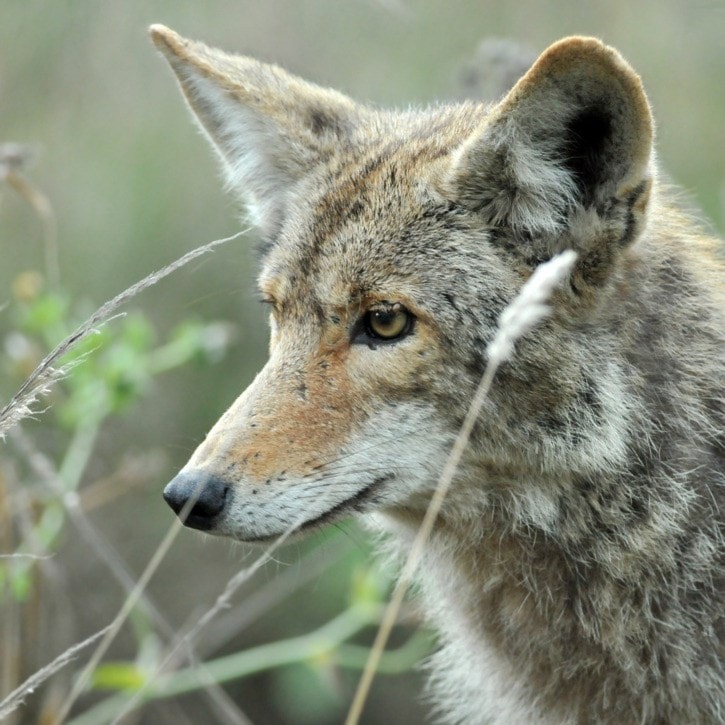When some bear management issue arises in Revelstoke, we usually speak with representatives with Revelstoke Bear Aware.
Following a coyote attack in Revelstoke last week, we asked: Is there a Coyote Aware program?
Not in Revelstoke.
But through online resources about coyotes including the B.C. Ministry of Environment and BC SPCA, we discovered it wasn’t a bad question, and the two issues are closely related.
According to the SPCA, prevention is the best method for co-existing with coyotes. This includes not leaving small children unattended, not feeding coyotes, supervising pets outdoors and keeping them inside at night. The only sure way to protect cats is make them indoor cats.
The other key points closely parallel what we all should be doing to better co-exist with bears. This includes securing compost and garbage, not leaving fallen fruit on the ground, not letting bird feeders overflow and not feeding pets outside – all food sources for resourceful coyotes.
Also, the Ministry of Environment notes coyotes, like bears, become a problem when they become habituated to humans.
The BC SPCA recommends yelling, stamping your feet, waving your arms and looking big to scare coyotes off when you see them. The environment ministry recommends a list of actions when you encounter them, including banging things, or using rocks, sticks, metallic noises or pepper spray.
The BC SPCA says trapping them is not the solution. They say the removal of one animal simply frees up territory for another (and sometimes more than one) to move in. If the habitat can support them with food sources, they’ll be back. The Ministry of Environment does target coyotes that have been aggressive towards humans.
When a dramatic incident occurs, it’s a natural reaction to expect “they” to take immediate action to ‘solve’ the ‘problem.’ Then there’s those who tend to propose a bloody round hole as the solution, regardless of the shape of the peg. It seems that a better long-term solution involves all of us participating collectively to better manage the issues. We’ve had tremendous success in Revelstoke with our Bear Aware program. Can we extend that mindset to coyotes? After all, living next to our wild friends is one of the reasons many of us are here.
